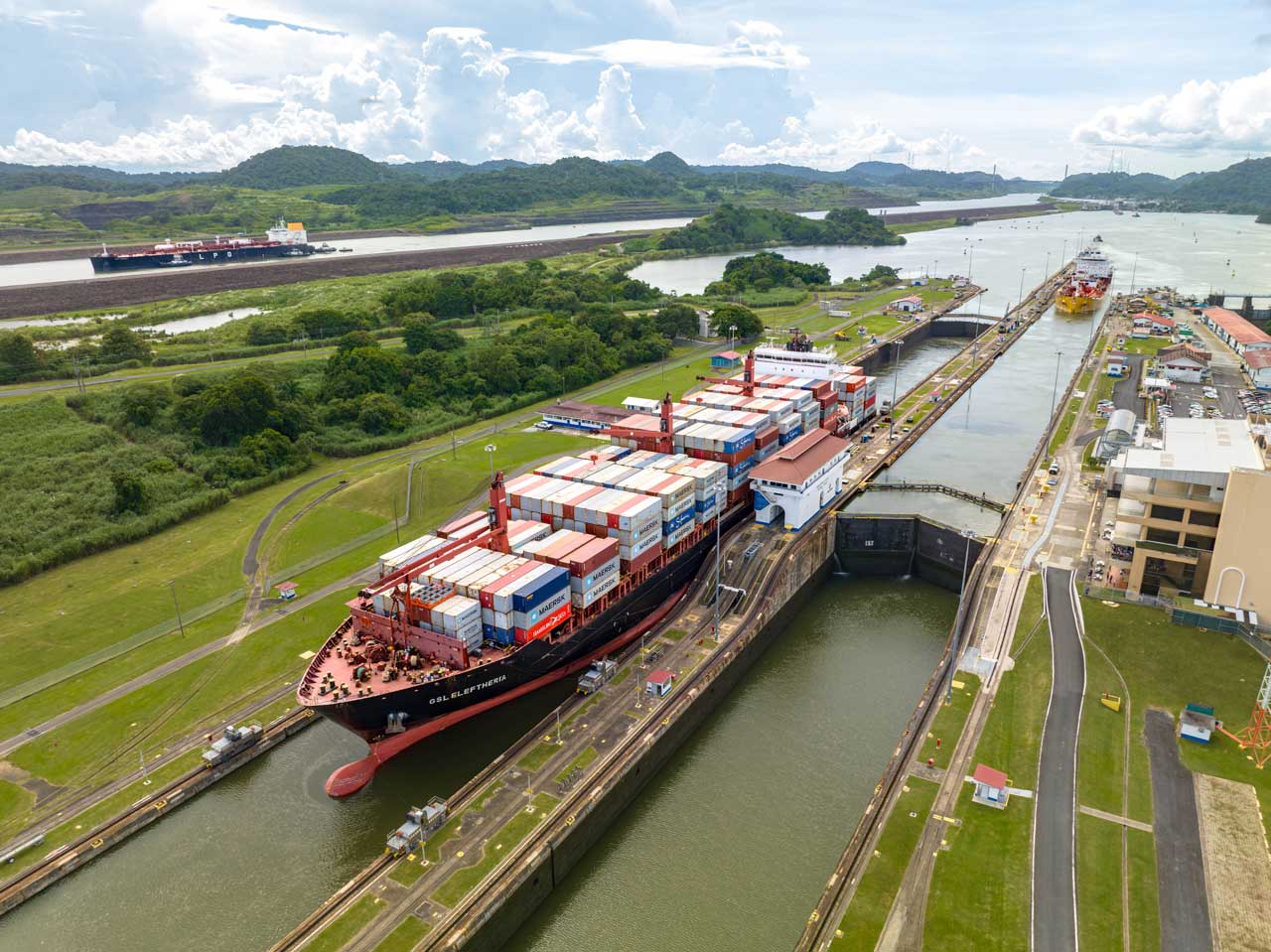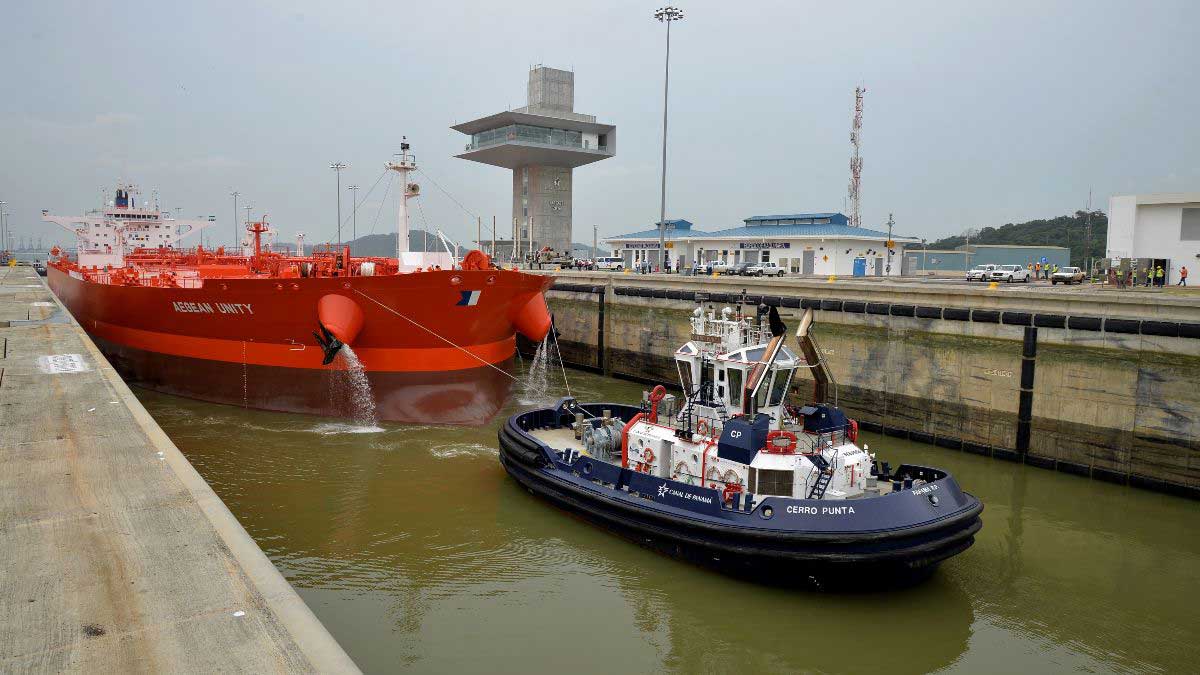- Why is the ACP proposing to change its pricing structure now?
The Panama Canal Authority (ACP) strives to continually improve its customer service. Providing reliable, safe and efficient service in one of the world’s critical trade routes is our business philosophy. This singular focus on quality and customer service ensures that our clients receive the value they seek in using the Panama Canal’s “All-Water Route.” Moreover, aligning the price of service with the value delivered is consistent with this approach. The ACP is proposing to adjust its tolls to move toward a charge that reflects the commercial value of the Canal’s route and the service it provides. The Panama Canal is one of a few global supply chain assets whose value has grown exponentially due to globalization.
- How will the adjustments affect Canal customers?
The new pricing system would move toward a charge that reflects the commercial value of the Canal to each of its major business segments. Several years ago, the ACP segmented the market to provide better service to its customers. Those segments include containers, passenger vessels, general cargo, refrigerated cargo, dry bulk, tankers, vehicle carriers and others.
- When will the tolls adjustment be implemented?
At the end of the consultation process, the ACP’s Board of Directors will evaluate all of the comments and feedback received and make a final decision on the changes. The TEU charge will not increase beyond the already approved charges until 2008. Per the industry’s request, the proposal provides unparalleled price stability until 2009.
- Are you raising tolls to pay for expansion?
These new prices will allow the ACP to continue providing the industry with reliable, safe and efficient service. As with most major companies, the added revenue will be put back into operations, increasing customer service, improving the route and the Canal to maintain and enhance its value and reliability. The proposed toll adjustment will allow the Canal to maintain the value of the route, as the ACP moves forward with its Master Plan – the Canal’s business plan, which includes projects underway, new modernization and improvement initiatives and expansion, building a new set of locks that will double capacity and service post-Panamax ships.
- What’s next and how can interested parties join the process?
Formal consultation on the proposal begins February 2, 2007 and will continue for an extended period of 35 days until March 12, 2007 at 4:15 p.m. EST. The ACP will consider inputs, suggestions and feedback from interested parties. The ACP welcomes data, opinions, written statements (in English or Spanish) before the above deadline. In addition, a public hearing will be conducted on March 14, 2007, in the “Ascanio Arosemena” auditorium, Balboa, Republic of Panama at 9:00 a.m. EST, where interested parties may provide their inputs and where the ACP will listen to concerns. The request to participate in the public hearing must be received in writing, either in English or Spanish, delivered either personally, via courier or by mail no later than March 12, 2007, at 4:15 pm EST. The date and time of receipt of said request will determine the order of the public hearing. Requests to appear will not be accepted by electronic mail. For more information or to obtain an electronic copy of the proposal (in both English and Spanish), please visit: www.pancanal.com.
- Since the Canal opened in 1914, how much have tolls increased?
From the time the Canal opened in 1914 to today, Panama Canal prices have increased much less than the annual inflation rate (in 1914, per ton rates were $1.20; today they are less than $3.00), while the value of the waterway has increased exponentially. Compare just about any other product’s or service’s price increase over the past 90 years and it is clear that the Canal’s costs remain low.




